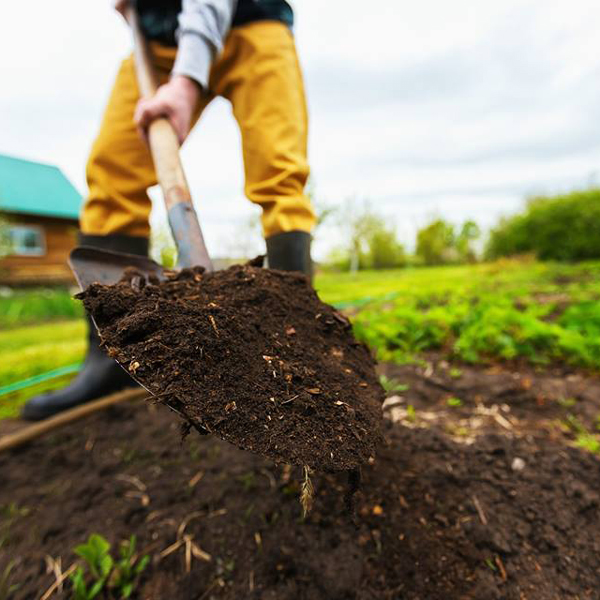
Many plants go into winter hibernation, shutting down all their systems temporarily, waiting for the soil temperature to warm up their roots. The mild temperatures this winter it has confused the plants causing many of them to open their leaves and or flowers much earlier. Mother Nature can affect plants in so many ways, too much rain or not enough, too much heat, or fluctuating temperatures confuse the plant. Plants are very resilient and can overcome many of these issues when they are maintained properly and have the proper growing conditions.
With the warmer temperatures, we have seen many garden pests starting to emerge. Soon caterpillars and beetles will be feeding on your landscape plants. Weeds will be popping out of the ground at an alarming rate. Before you know it the summer will be upon us and in order to enjoy your yard at that time get out and get your yard in shape.
Spring is here and you need to get out into the yard and tackle all of these issues and not sure where to start. Here is a quick checklist so you can get everything done efficiently so you can enjoy your outdoor living space.
- Rake or thatch the lawn and remove any dead grass or weeds. Apply a fertilizer combined with crabgrass preventer. If you prefer going the organic route the benefits of feeding the soil are there, however some weeds may develop in the lawn.
- Check all your plants for insects emerging and if you are not sure what they are bring a sample to us and ask for their professional help so you can get the proper remedy. In many cases insects are seen after most of the damage has been done causing the plant to become stressed and weaker. Controlling the insects earlier will nip it in the bud, no pun intended.
- Water, Water, Water. This year the soils are much drier than normal. Plants and turf need adequate moisture in order to allow the roots to grow. If we don’t have deep soaking rains on a weekly basis you should go out and water deeply, waiting a few days before watering again.
- Remove any overgrown plants and replace with something new and exciting. Every year new plants come into the garden center which have qualities such as flowering more, or have a compact growth making them easier to maintain. When selecting a plant look at your location, determine the size you want the plant to grow to, understand the light requirements and choose a plant you like.
- Sometimes pruning instead of replacing becomes the option. Pruning plants can be done now. If you have a plant with flower buds, you will lose the blooms this season. Try to prune no more than 1/3rd of the plant at one time.
- Fertilize your trees, shrubs and perennials. Your plants need to get the proper nutrients to perform the best. I recommend using Espoma Organic Products, such as Holly-Tone or Plant-Tone. Apply an application now and then again in June for best results.
Gardening is America’s number one hobby. It is great exercise and at the end of the day the beauty you have created will allow you to enjoy an outdoor living area where you can relax and enjoy life.
Written by Jim Connolly, MCH, MCLP









